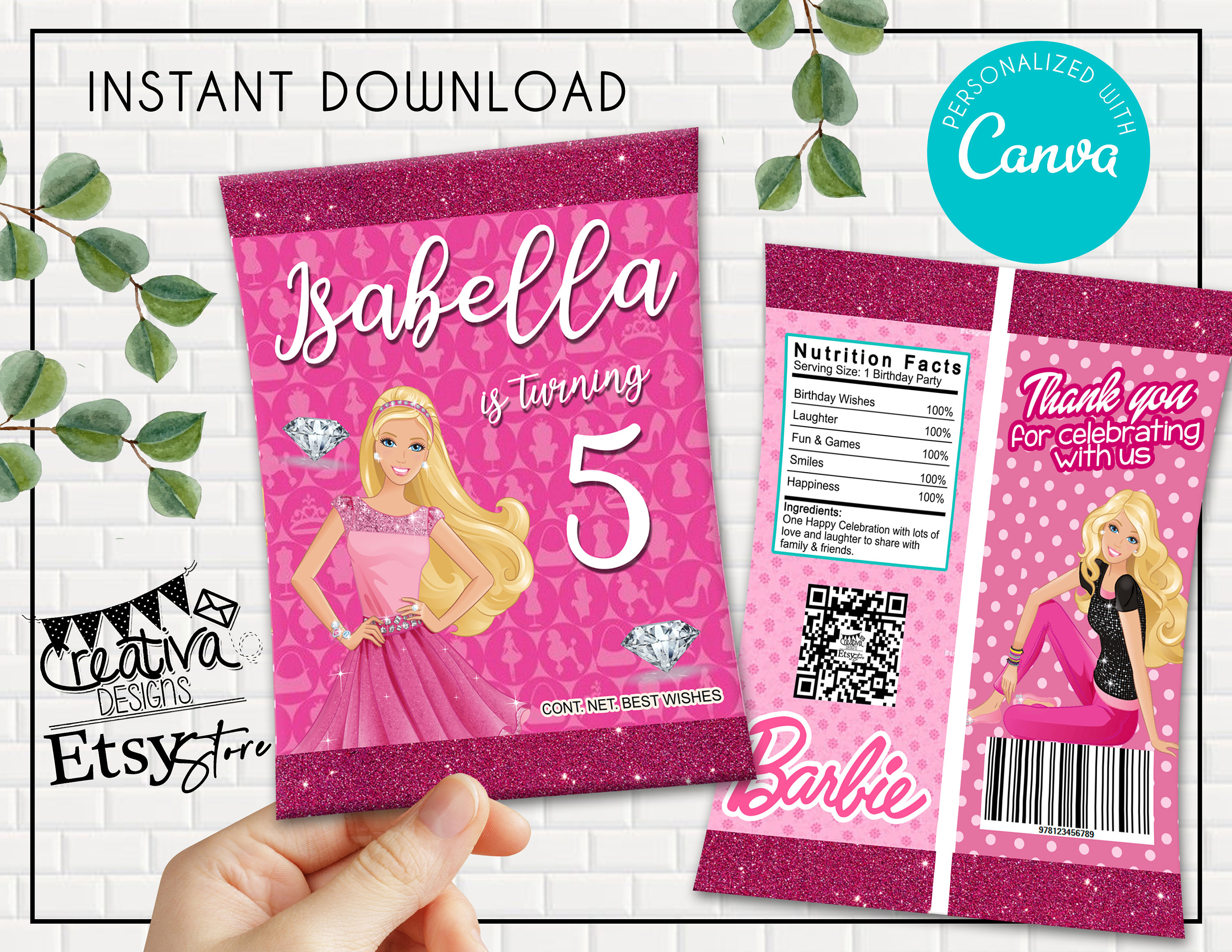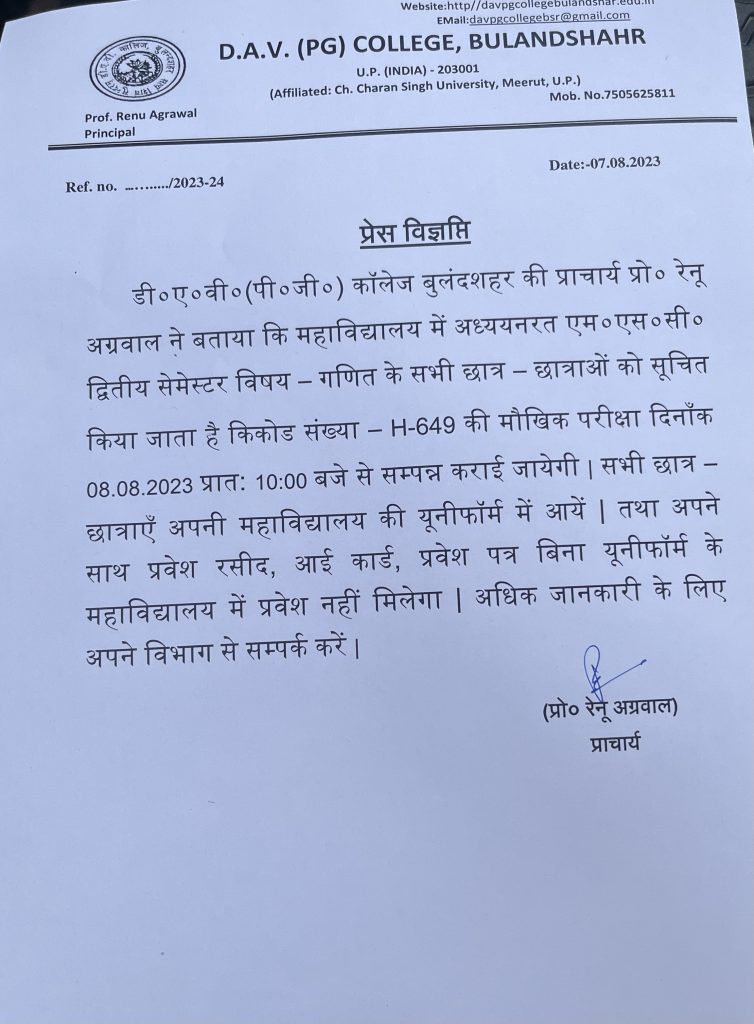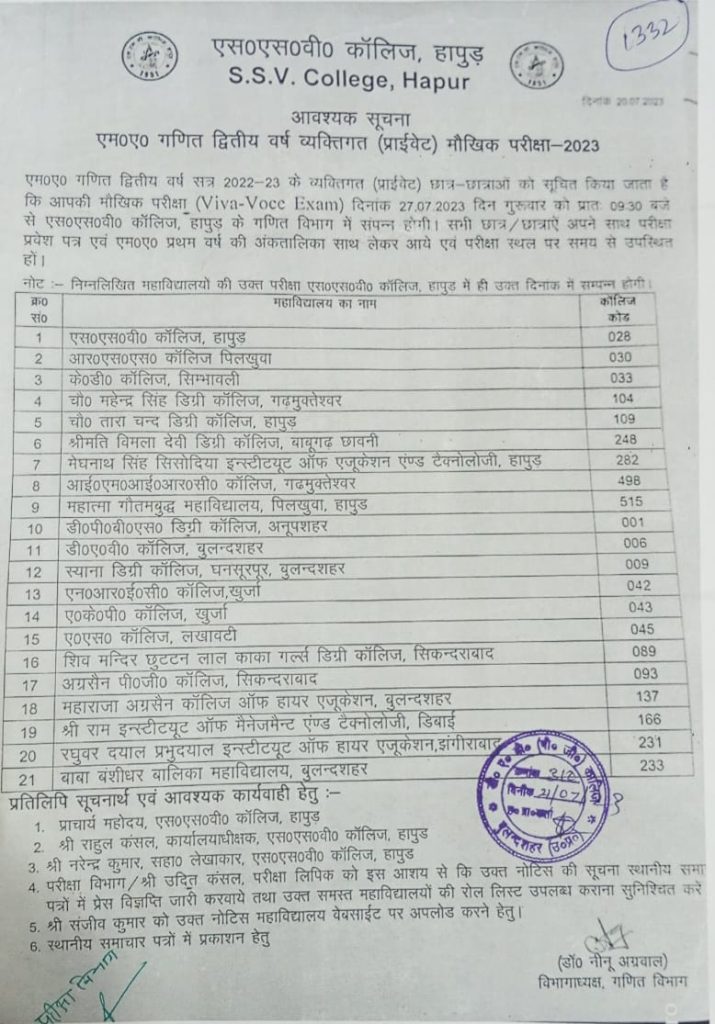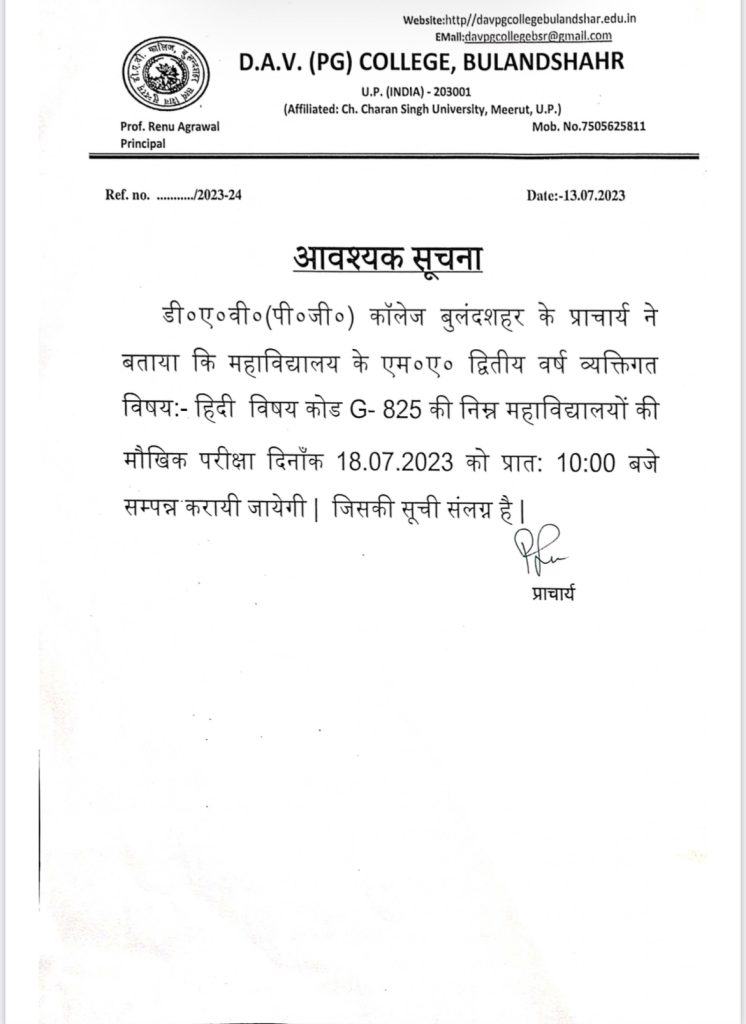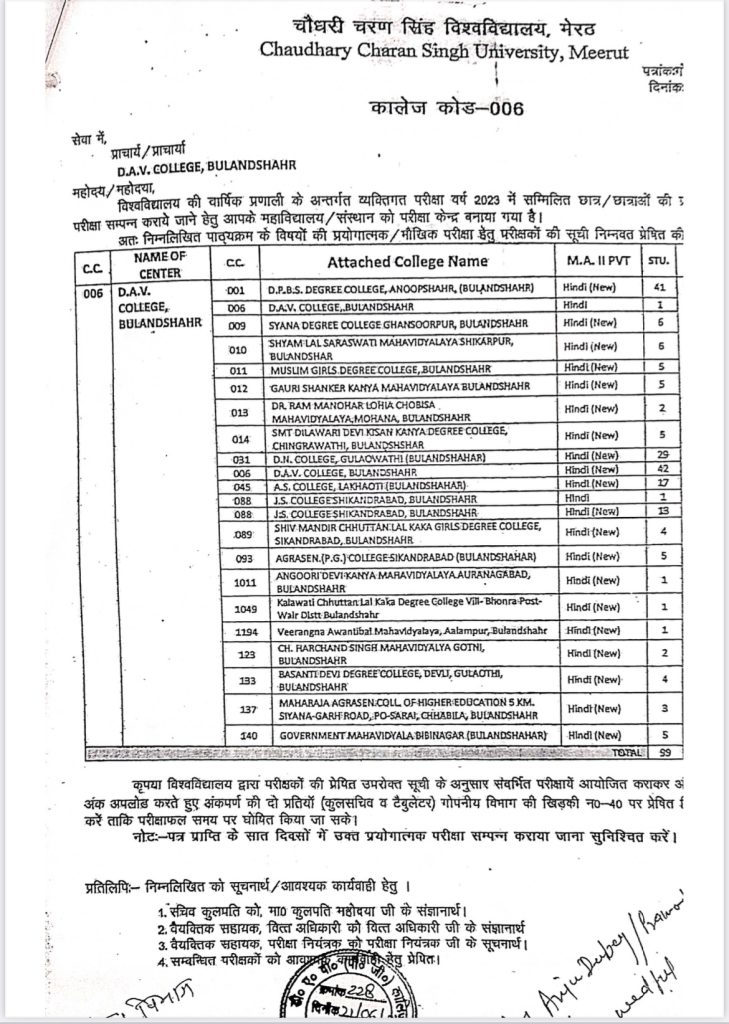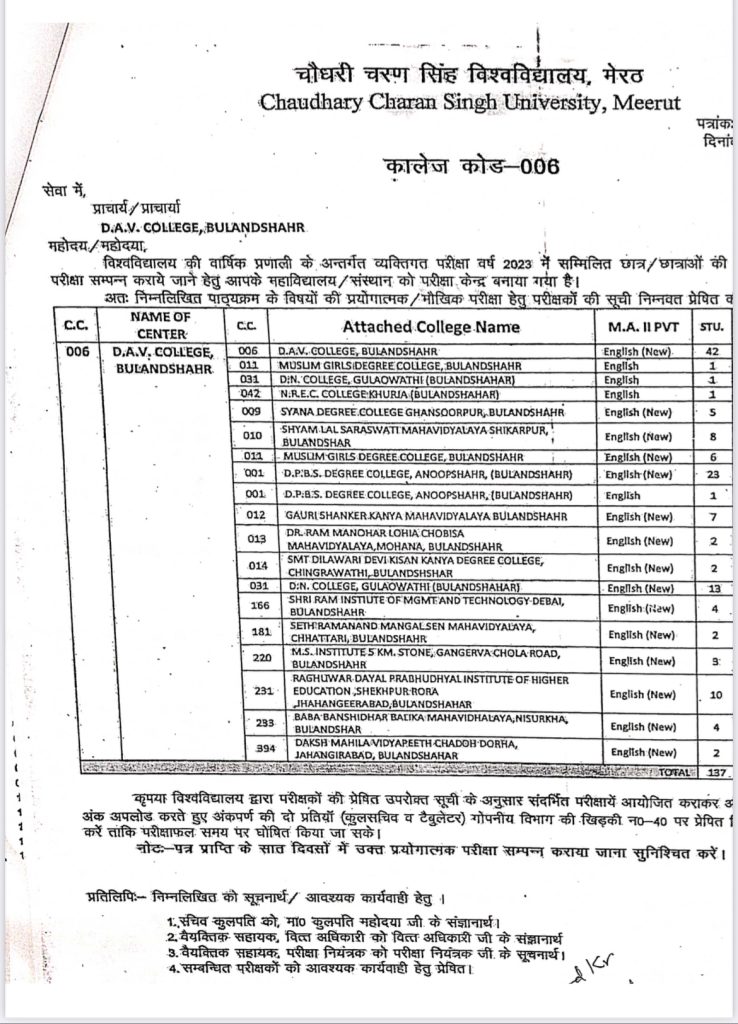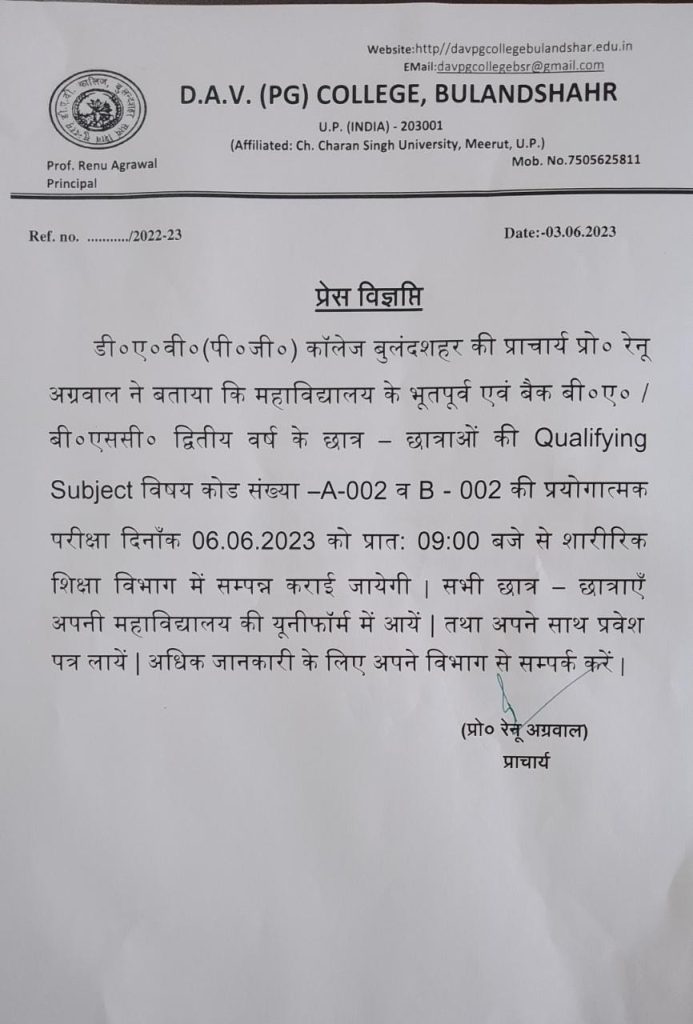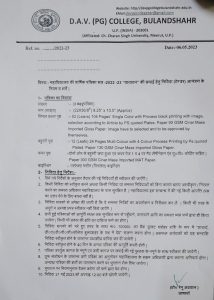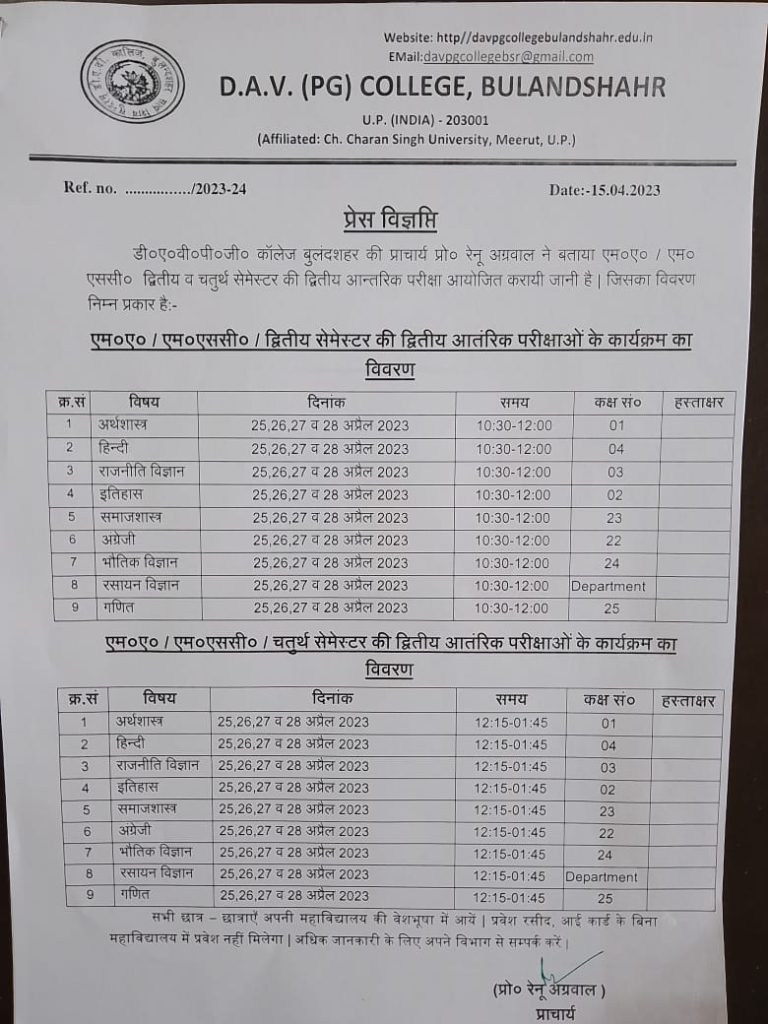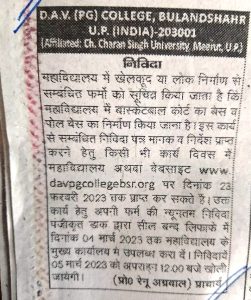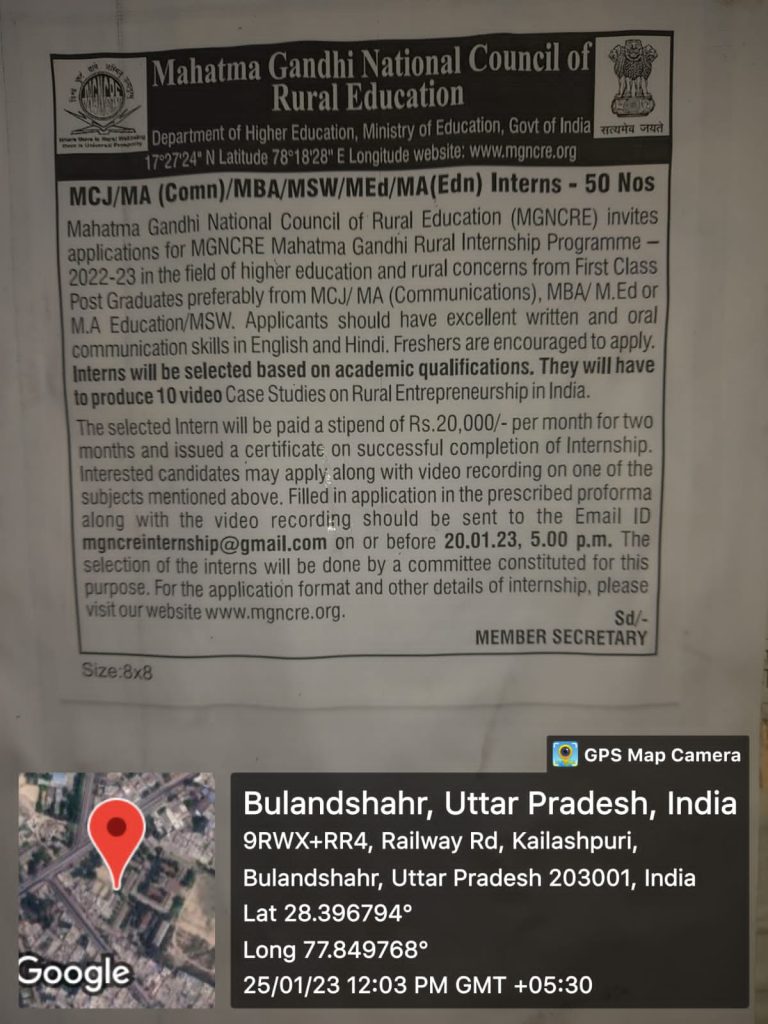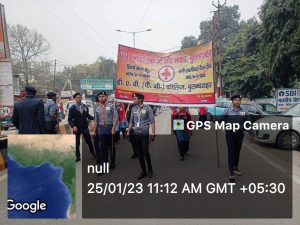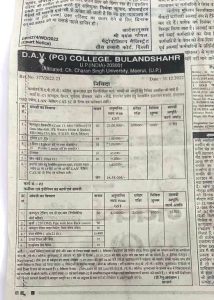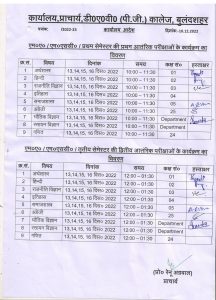Maximizing Your Conversion Rate Optimisation Strategies in Leeds for Better Results

Implement A/B testing for your landing pages to identify which elements resonate most with potential clients. Focus on varying headlines, colors, and calls-to-action to capture attention and drive engagement effectively.
Leverage local SEO strategies to enhance visibility within targeted areas. Optimize your website content with relevant keywords such as “best services in Leeds” to attract the right audience and improve search engine rankings.
Utilize social proof to build trust; incorporating testimonials and case studies can significantly influence prospects. Data shows that 88% of consumers trust online reviews as much as personal recommendations.
Ensure your website provides a seamless user experience. A fast-loading site is crucial, as research indicates that 53% of mobile users abandon sites that take longer than three seconds to load.
Engaging in remarketing strategies can effectively target visitors who did not convert on their first visit. Retargeting ads remind them of your offerings, increasing the likelihood of revisiting and completing a purchase.
Identify Your Target Audience in Leeds
Conduct thorough research on demographics. Use local statistics to pinpoint age groups, income levels, and education backgrounds relevant to your products or services. Utilize resources such as the Office for National Statistics (ONS) for precise data.
Utilize Social Listening
Monitor social media platforms to track conversations and trends in the community. Analyze hashtags and local groups to uncover interests and pain points of potential customers.
- Set up alerts for keywords related to your industry.
- Engage with users to gather direct feedback.
- Identify influencers in the area to understand their audience.
Segment Your Audience
Break down the audience into specific groups based on shared characteristics. This allows for tailored marketing approaches. Key segments may include:
- Young professionals seeking convenient solutions.
- Families looking for dependable services.
- Students interested in affordable options.
Customized messaging for each segment increases relevance and engagement, boosting interactions with your brand.
Though profiling is important, remain adaptable. Regularly reassess your audience data to stay aligned with shifts in preferences and behaviors.
Optimize Your Landing Page for Local Users
Incorporate local keywords prominently on your landing page. Analyze search trends specific to the area and embed relevant terms in your headings, meta descriptions, and content. Utilize terms that reflect local culture, events, and landmarks.
Leverage Clear Calls to Action
- Ensure your calls to action are straightforward and context-aware.
- Highlight offers that resonate with the local audience, like limited-time promotions tied to local events.
- Use action-oriented language, prompting users to engage immediately with phrases like “Join the Community” or “Claim Your Local Discount.”
Integrate Local Testimonials
Showcase reviews and testimonials from residents. Authentic feedback enhances credibility and provides social proof. Feature customer stories that illustrate satisfaction with your service or product, reinforcing the connection to the local clientele.
Incorporate maps or location-specific imagery to create a sense of familiarity. Visual elements that represent the locality help users relate better to the content presented.
- Utilize Google Maps integration to display your business location.
- Consider using images of recognizable local spots to draw attention.
Ensure mobile optimization to accommodate the increasing number of users who access websites via smartphones. Verify that your landing page loads quickly and is easily navigable on smaller screens.
Utilize A/B Testing for Your Leeds Campaigns
Implement A/B testing by experimenting with different versions of your landing pages. Focus on variables such as headlines, call-to-action buttons, and images. Create at least two variations of each element to compare performance metrics.
Steps for Effective A/B Testing
1. Identify a clear objective for each test.
2. Decide on the metrics to track, such as click-through rates or engagement levels.
3. Use traffic allocation methods to ensure an even split between variations.
Key Metrics to Analyze
| Metric |
Description |
| Click-Through Rate |
The percentage of users who click on a link compared to the total visitors. |
| Engagement Rate |
Measures how much users interact with the content on the page. |
| Bounce Rate |
The proportion of visitors who leave the site after viewing only one page. |
Analyze results after a sufficient amount of data has been collected. Make decisions based on statistically significant data to guide future strategies. Repeating this process regularly ensures continuous improvement of your campaigns.
Leverage Local SEO Techniques for Better Visibility
Optimize Google My Business by ensuring your profile is complete with accurate information, images, and regular updates. This increases your chances of appearing in local search results and Google Maps.
Utilize local keywords within your website content, page titles, and meta descriptions. Incorporate terms specific to your geographical area to attract users searching for services nearby.
Encourage customer reviews on platforms like Google and Yelp. High-quality, positive reviews enhance credibility and improve search rankings while engaging potential clients.
Create localized content that addresses community interests, events, or news. This positions your brand as an authority in the area and attracts local traffic.
Gain backlinks from reputable local sources. Partner with local businesses or engage in community initiatives to foster relationships that lead to valuable links.
Optimize your website for mobile devices. A responsive design ensures a seamless user experience, catering to the increasing number of users searching via smartphones.
Implement location-specific landing pages for different services or products. Tailor these pages to reflect the unique characteristics and needs of each target location.
Incorporate structured data markup to help search engines understand your content better, which could improve how your site appears in search results.
Create Compelling Calls-to-Action for Residents
Utilize clear language and actionable phrases in your calls-to-action (CTAs). Instead of generic terms like “click here,” specify what residents will gain, such as “Get Your Free Neighborhood Guide.” This specificity drives engagement.
Personalize Your Approach
Incorporate local elements into your CTAs. Tailoring messages to reflect community events or local interests, such as “Join Us for the Park Cleanup This Saturday,” connects with residents on a personal level, enhancing response rates.
Incorporate Urgency
Instill a sense of immediacy by using time-sensitive language. Phrases like “Limited Spots Available” or “Offer Expires Soon” encourage quick action, motivating residents to respond promptly.
Analyze Competitor Strategies in the Local Market
Examine the pricing models employed by rivals. Identify whether they use tiered pricing, discounts, or bundle offers, and assess their effectiveness in attracting clients.
Conduct a thorough review of competitors’ online presence. Analyze their website structure, user experience, and content strategies. Note which calls to action lead to higher engagement.
Investigate customer reviews and feedback on competitor platforms. Pinpoint common praises or complaints to identify gaps your service can fill.
Assess their social media strategy. Track engagement metrics such as likes, shares, and comments to uncover what resonates with the audience.
Monitor competitor advertising campaigns across various channels. Determine the messaging and visuals they prioritize to attract attention.
Utilize tools like SEMrush or Ahrefs to analyze competitors’ SEO strategies. Focus on keywords they target and content that ranks well in search results.
Consider their customer service approach. Evaluate responsiveness and quality of support provided, which could be a differentiator in winning clientele.
Identify collaboration opportunities. Examine partnerships competitors engage in that enhance their visibility or market share.
Regularly update this competitive analysis to stay informed about shifts and trends in the sector, enabling timely adjustments to your approach.
Utilize Customer Reviews to Build Trust
Incorporate user-generated ratings prominently on your website. Display them on product pages or service listings to enhance credibility. Aim for at least 15 reviews to provide a balanced perspective and avoid bias. Highlight star ratings and detailed feedback to offer a complete picture.
Encourage customers to leave reviews post-purchase through automated emails or incentive programs. Ensure that the process is simple, allowing users to share their experiences quickly. Respond to reviews, both positive and negative, to demonstrate engagement and willingness to address concerns.
Use social proof as a persuasive tool. Feature testimonials on landing pages or advertisements to attract potential clients. Showcase reviews from credible sources, such as industry publications or known influencers, to boost perceived reliability.
Implement a rating system that allows for specific feedback on features or aspects of your offerings. This granularity encourages insightful comments and helps potential buyers make informed choices. Incorporate visual indicators such as review scores and badges to catch the visitor’s eye.
Incorporate Local Events into Your Marketing Strategy
Leverage local happenings to boost engagement and visibility. Utilize events like festivals, fairs, and sports competitions to connect with the community.
- Identify key events that resonate with your target audience.
- Develop tailored promotions or campaigns around these events.
- Collaborate with local businesses or sponsors to enhance your reach.
Utilize social media to promote your involvement in these events. Share updates, host contests, and encourage user-generated content to increase interaction.
Consider creating partnerships with event organizers to establish your brand presence. This relationship can lead to joint promotions, exclusive offers, or brand placement opportunities.
- Participate as a vendor or sponsor to gain direct exposure.
- Offer event-specific promotions to attendees.
- Follow up with participants post-event, perhaps through email marketing or social media engagement.
Strategically position your messaging to align with event themes for greater relevance. For example, if sponsoring a charity run, highlight your commitment to community wellness.
Lastly, consider leveraging resources like sites not on gamstop to identify local trends and popular gatherings for maximum outreach potential.
Enhance Mobile Experience for On-the-Go Shoppers
Optimize website loading speed to retain mobile users. Aim for a loading time of three seconds or less; consider using AMP (Accelerated Mobile Pages) for faster rendering.
Utilize responsive design to ensure content adjusts fluidly across various screen sizes. Test on devices ranging from smartphones to tablets to maintain a user-friendly interface.
Incorporate large touch-friendly buttons for easier navigation. Aim for a minimum size of 44×44 pixels to prevent user frustration when selecting options.
Implement a simplified checkout process with minimal steps. Use auto-fill functions to streamline information input, ideally limiting the process to just a few taps.
Provide clear, concise product descriptions and high-resolution visuals. Prioritize a zoom feature to give shoppers a better look at details, aiding in informed purchase decisions.
Utilize push notifications to keep potential buyers engaged while away from the app or site. This may include alerts about promotions, abandoned carts, or new arrivals.
| Action |
Impact |
| Optimize loading speed (under 3 seconds) |
Reduces bounce rate |
| Implement responsive design |
Enhances accessibility |
| Large touch-friendly buttons |
Improves navigation |
| Simplified checkout process |
Increases completion rates |
| High-quality images and descriptions |
Aids in decision-making |
| Push notifications |
Boosts user engagement |
Utilize Social Proof to Boost Sales
Incorporate customer testimonials prominently on your site. Showcase genuine feedback from satisfied clients to build trust. Statistics indicate that 70% of consumers consult reviews before making a purchase decision.
Types of Social Proof to Consider
- User Reviews: Display ratings and personal stories to validate product quality.
- Influencer Endorsements: Partner with local influencers in your niche to reach a targeted audience.
- Case Studies: Present success stories that outline how your product has solved specific problems for clients.
- Social Media Mentions: Highlight positive interactions on platforms like Instagram and Facebook to demonstrate community trust.
Implementing Social Proof Effectively
- Position testimonials near CTAs to encourage action.
- Utilize real photos of customers when possible to humanize feedback.
- Create a dedicated section for showcasing awards or recognitions received.
Efficient use of social validation can lead to increased trust and ultimately higher purchasing decisions. Regularly update this content to reflect current customer sentiments.
Track and Analyze User Behavior on Your Site
Implement heatmaps to visually represent where visitors click on your website. This tool allows you to identify high-interest areas and content that might need adjustment.
Utilize session replay software to watch how users navigate through your pages. This insight can highlight obstacles in the user experience that may hinder engagement.
Set up funnel analysis to monitor the specific steps users take before completing an action. Identify stages where drop-offs occur and make informed changes to streamline the path.
Leverage analytics tools to track user demographics, device usage, and traffic sources. Understanding who is visiting can inform targeted adjustments in design and content.
Regularly review bounce rates and average session durations. High bounce rates may indicate that users are not finding what they expect, signaling a need for content optimization.
Incorporate feedback tools such as surveys or polls to gather direct responses from visitors. User feedback can provide actionable insights into their preferences and pain points.
Utilize A/B testing for different versions of pages. Test headlines, images, and layouts to determine which elements lead to higher engagement.
Finally, set up goal tracking in your analytics platform. By defining specific actions, you can evaluate the success of different strategies and understand what resonates with visitors.
Implement Retargeting Campaigns for Local Visitors
To re-engage previous site visitors, deploy targeted ads on platforms like Google Ads or Facebook Ads. Use tracking pixels to identify users who did not make a purchase. Segment audiences based on their browsing behavior and tailor messages accordingly. For instance, show product recommendations for items viewed but not purchased.
Audience Segmentation Strategies
Develop specific segments based on visitor activity:
| Segment |
Description |
Recommended Action |
| Product Viewers |
Users who viewed specific products |
Show ads featuring those products |
| Cart Abandoners |
Users who added items to their cart |
Offer discount codes to encourage purchases |
| Previous Customers |
Users who made prior purchases |
Promote related or complementary items |
Optimizing Ad Content

Create engaging ad copy that speaks directly to specific segments. Use attention-grabbing visuals and clear calls to action. Test different messaging to determine which resonates best with each audience. Review performance metrics regularly and adjust strategies based on engagement rates and return on ad spend.
Engage with Local Influencers for Brand Awareness
Collaborate with local social media figures to enhance your brand’s visibility. Identify influencers whose audience aligns with your target demographic. Consider the following steps:
- Research potential influencers in your niche using platforms like Instagram or TikTok.
- Evaluate their engagement rates, follower count, and authenticity through tools such as Hype Auditor or Social Blade.
- Initiate contact via direct messages or emails, proposing a collaboration that offers mutual benefits.
Collaboration Strategies
Implement creative strategies to facilitate partnerships:
- Product Reviews: Send samples of your offerings for influencers to examine and share their opinions with their followers.
- Giveaways: Organize competitions that provide followers with a chance to win products, expanding reach and engagement.
- Guest Content: Invite influencers to create guest posts or take over your social media channels for a day.
Measuring Impact
Post-collaboration, track the outcome of your initiatives:
- Analyze traffic directed to your website and social media platforms.
- Monitor engagement metrics, such as likes, shares, and comments on influencer posts.
- Assess sales influenced by the campaign through promo codes or tracking links provided to the influencer.
Engaging with local influencers can significantly amplify your brand’s presence in the community. By establishing meaningful relationships, you’ll foster greater trust among potential customers.
Streamline Checkout Process for Higher Sales
Simplify the checkout interface. Limit the number of fields customers must fill in and offer autofill options to speed up the process. Reducing complexity can lead to a significant drop in cart abandonment.
Implement Guest Checkout
Allowing users to complete their purchase without creating an account can encourage sales. Statistics show that over 30% of customers abandon their carts due to mandatory account creation.
Clear Progress Indicators
Use a step-by-step progress indicator during the checkout process. Visual cues help users understand their progress, thus alleviating anxiety and making them more comfortable to finalize their purchase.
Display delivery costs and estimated shipping dates early in the process to avoid surprises. Transparency builds trust and reduces the likelihood of users leaving before completing their transaction.
Optimize mobile experience. Ensure the checkout process is seamless across all devices, as mobile shopping continues to grow. A clunky mobile experience can deter potential customers.
Finally, consider integrating trust signals, such as security badges and customer testimonials, on the checkout page. These elements can increase consumer confidence and result in higher completion rates.
Evaluate and Adjust Strategies Based on Data Insights
Utilize analytics tools to track user behavior on your website. Focus on metrics such as bounce rate, average session duration, and click-through rates for key pages. Analyzing these figures helps identify friction points that may hinder actions.
Implement A/B testing for elements like call-to-action buttons, headlines, and landing pages. Test variations to see which versions yield better engagement. This data-driven approach allows for informed decisions that enhance user experience.
Segment your audience based on demographics and behaviors. Tailor messaging and offers to specific groups to improve relevance and appeal. For instance, highlight promotions that resonate with local trends or preferences.
Regularly review conversion funnel analytics. Identify stages where potential customers drop off. Target these gaps with tailored retargeting campaigns, personalized emails, or clearer pathways to purchase.
Incorporate feedback mechanisms, such as surveys or contact forms, to understand customer sentiments. Adapt your strategies based on the feedback received, ensuring alignment with audience expectations and needs.
Stay updated with industry benchmarks and competitor performance. Use this information to reassess your objectives and make necessary adjustments to maintain competitive advantage.
Q&A:
What are the key strategies to improve conversion rates in Leeds?
To enhance conversion rates in Leeds, businesses can focus on several strategies. Firstly, optimizing website design for user experience is crucial; this includes ensuring fast load times and mobile responsiveness. Secondly, tailoring marketing messages to resonate with the local audience can increase engagement. Thirdly, utilizing targeted advertising and social media campaigns can attract the right audience more effectively. Additionally, implementing A/B testing for landing pages can help identify which elements drive higher conversions.
How can local businesses in Leeds measure their conversion rates effectively?
Local businesses in Leeds can measure their conversion rates by utilizing tools such as Google Analytics. This platform allows them to track specific actions users take on their website, such as filling out forms or completing purchases. Setting up goals within Google Analytics helps businesses to evaluate how many visitors complete these desired actions. Moreover, analyzing metrics like click-through rates and bounce rates can provide deeper insights into user behavior and overall effectiveness of marketing efforts.
Are there any local trends in consumer behavior in Leeds that can affect conversion rates?
Yes, there are several local trends in consumer behavior in Leeds that can impact conversion rates. For instance, an increasing number of consumers are leaning towards online shopping, especially post-pandemic, highlighting the need for businesses to enhance their online presence. Additionally, a strong preference for local products can influence purchasing decisions. Businesses that emphasize their connection to the Leeds community and offer localized products or services might see improved conversion rates. Tracking social media engagement and local reviews can also reveal changing consumer preferences.
What role does customer feedback play in improving conversion rates?
Customer feedback plays a significant role in optimizing conversion rates. By actively seeking input through surveys or reviews, businesses can pinpoint areas of improvement in their products or services. Understanding customer pain points allows companies to make necessary adjustments that enhance user experience. Moreover, showcasing positive feedback and testimonials on websites can build trust among potential customers, which often leads to increased conversions. Regularly monitoring feedback also helps businesses stay in tune with their audience’s evolving expectations.
Can leveraging social media help boost conversion rates for businesses in Leeds?
Leveraging social media can greatly boost conversion rates for businesses in Leeds. Platforms such as Instagram and Facebook provide a unique avenue for engaging with local customers. By sharing visually appealing content, running targeted ads, and interacting with followers, businesses can create a stronger brand presence. Social media also allows for the promotion of special offers or events, which can drive traffic to websites and in-store visits. Additionally, user-generated content and community engagement can enhance credibility and attract more potential buyers.


